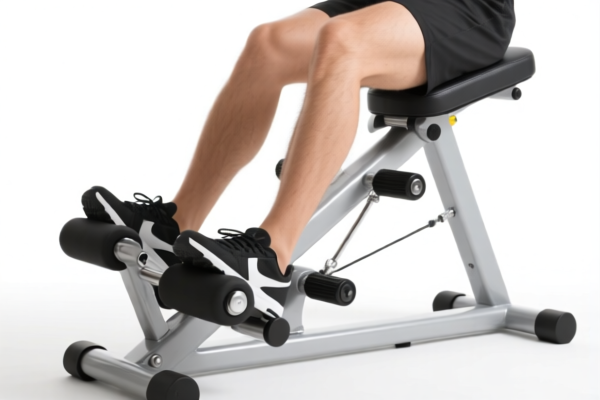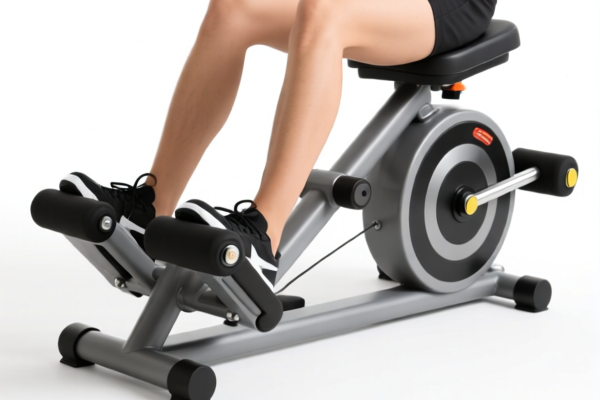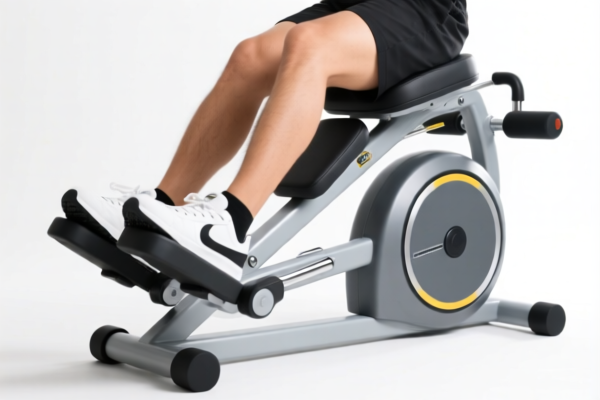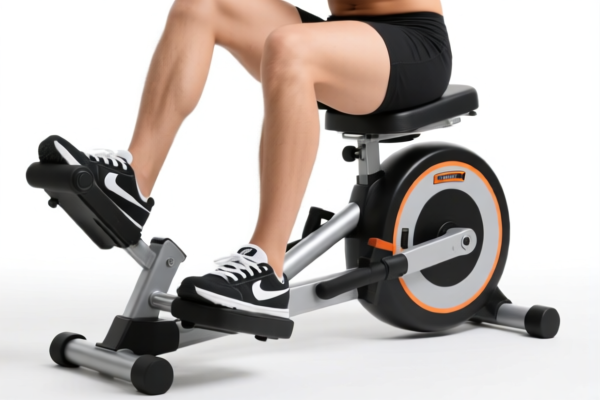| HS Code | Official Doc | Tariff Rate | Origin | Destination | Effective Date |
|---|---|---|---|---|---|
| 6110909090 | Doc | 43.5% | CN | US | 2025-05-12 |
| 6114909045 | Doc | 35.6% | CN | US | 2025-05-12 |
| 6114909070 | Doc | 35.6% | CN | US | 2025-05-12 |
| 6212109040 | Doc | 54.4% | CN | US | 2025-05-12 |
| 6212900010 | Doc | 44.1% | CN | US | 2025-05-12 |
| 6217909095 | Doc | 52.1% | CN | US | 2025-05-12 |
| 6217909075 | Doc | 52.1% | CN | US | 2025-05-12 |
| 3926209010 | Doc | 60.0% | CN | US | 2025-05-12 |
| 3926909989 | Doc | 42.8% | CN | US | 2025-05-12 |
| 3924104000 | Doc | 33.4% | CN | US | 2025-05-12 |
| 3924900500 | Doc | 40.6% | CN | US | 2025-05-12 |




Waist Trainer
A waist trainer is a compressive garment worn around the midsection to reduce the appearance of waist size. These garments have gained popularity as a means to achieve an hourglass figure, though their effectiveness and safety are debated.
Material:
- Latex: The most common material, known for its high compression and ability to create a "cinched" waist. Often multi-layered for increased firmness.
- Neoprene: Offers less compression than latex but provides thermal support, potentially increasing sweating during exercise.
- Spandex/Elastane/Corset Fabric: Used in lighter compression trainers and shaping garments, offering more flexibility and comfort for everyday wear.
- Steel Boning: Found in more structured trainers (often categorized as corsets), providing significant support and shaping.
Purpose:
- Temporary Waist Reduction: The primary goal is to create a smaller-looking waistline while worn.
- Postpartum Support: Some women use waist trainers after childbirth to help their bodies recover and regain shape, though medical professionals generally advise against this.
- Body Shaping: Marketed to improve posture and provide an hourglass silhouette.
- Exercise Aid: Some users wear trainers during workouts believing it enhances sweating and supports the core.
Function:
Waist trainers work by compressing the torso, squeezing the internal organs and ribs. This creates a temporary change in body shape. The compression can also restrict movement and breathing.
Usage Scenarios:
- Everyday Wear: Lighter compression trainers are worn under clothing for a smoothing effect.
- Special Occasions: More structured trainers are used to achieve a dramatic hourglass shape for events.
- Workouts: Some individuals wear trainers during exercise, though this practice is controversial.
- Postpartum Recovery: (Not generally recommended by medical professionals) Some women use them to aid recovery after childbirth.
Common Types:
- Corset Waist Trainers: Feature steel boning for maximum support and shaping. Often used for special occasions.
- Latex Waist Trainers: Multi-layered latex providing high compression. Common for everyday wear and workouts.
- Neoprene Waist Trainers: Offers less compression, focuses on thermal support and sweating.
- Sports Waist Trainers: Designed for exercise, typically made of neoprene or latex with flexible boning.
- Waist Trainer Vests: Cover a larger area of the torso, providing compression to the core and back.
- Plus Size Waist Trainers: Designed to accommodate larger body types, available in various compression levels.
Important Considerations:
- Health Risks: Prolonged use can lead to breathing difficulties, digestive issues, rib damage, and reliance on the garment for support.
- Effectiveness: The waist reduction is temporary and primarily due to compression, not fat loss.
- Medical Advice: It's crucial to consult a medical professional before using a waist trainer, especially if you have pre-existing health conditions.
Waist trainers are garments designed to shape the torso, typically made from firm, flexible materials and worn to compress the waistline. They are used for body shaping and posture correction.
The following HS codes may be relevant:
- 6110909090: This code covers sweaters, pullovers, sweatshirts, waistcoats (vests) and similar articles, knitted or crocheted, of other textile materials. While waist trainers aren’t traditionally knitted or crocheted, some may fall under this category depending on their construction. The total tax rate is 43.5%, comprised of a 6.0% base tariff, a 7.5% additional tariff, and a 30.0% additional tariff effective after April 2, 2025.
- 6212109040: This code covers brassieres, girdles, corsets, braces, suspenders, garters and similar articles, whether or not knitted or crocheted; brassieres; other. Waist trainers share similarities with corsets and girdles in their function of body shaping. The total tax rate is 54.4%, consisting of a 16.9% base tariff and a 7.5% additional tariff, with an additional 30.0% tariff applicable after April 2, 2025.
- 6212900010: This code covers brassieres, girdles, corsets, braces, suspenders, garters and similar articles, whether or not knitted or crocheted; other; of cotton or cotton and rubber or plastics. If the waist trainer is made of cotton or a blend of cotton with rubber or plastics, this code may be applicable. The total tax rate is 44.1%, including a 6.6% base tariff, a 7.5% additional tariff, and a 30.0% additional tariff effective after April 2, 2025.
- 3926209010: This code covers other articles of plastics and articles of other materials of headings 3901 to 3914; articles of apparel and clothing accessories (including gloves, mittens and mitts); other; other; aprons. If the waist trainer is constructed from plastic, this code could be relevant. The total tax rate is 60.0%, comprised of a 5.0% base tariff and a 25.0% additional tariff, with an additional 30.0% tariff applicable after April 2, 2025.
- 3926909989: This code covers other articles of plastics and articles of other materials of headings 3901 to 3914; other; other. This is a broader category for plastic articles and may apply if the waist trainer doesn’t fit neatly into other specific classifications within heading 3926. The total tax rate is 42.8%, consisting of a 5.3% base tariff and a 7.5% additional tariff, with an additional 30.0% tariff applicable after April 2, 2025.
It is important to verify the material composition of the waist trainer to determine the most accurate HS code.
Customer Reviews
No reviews yet.